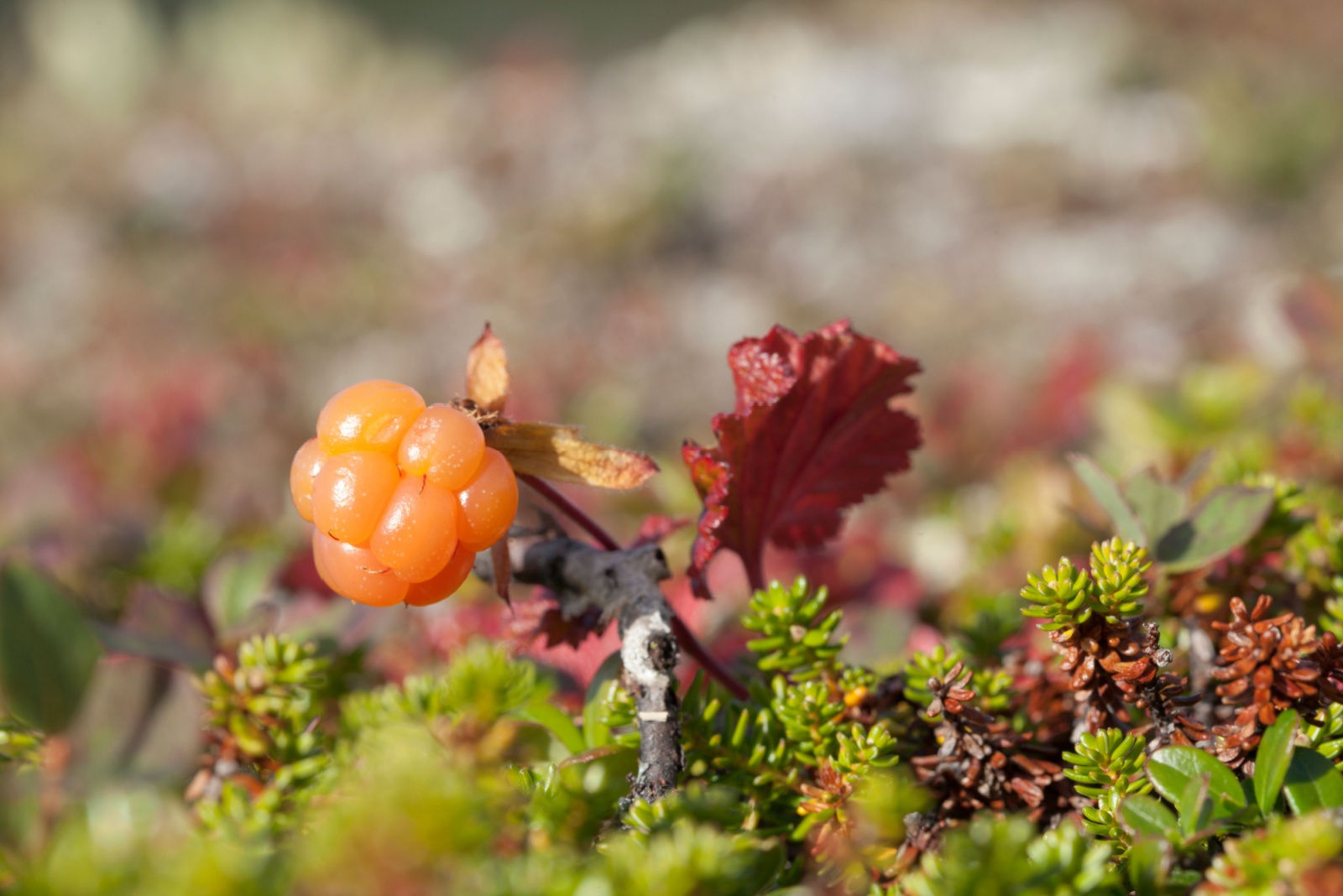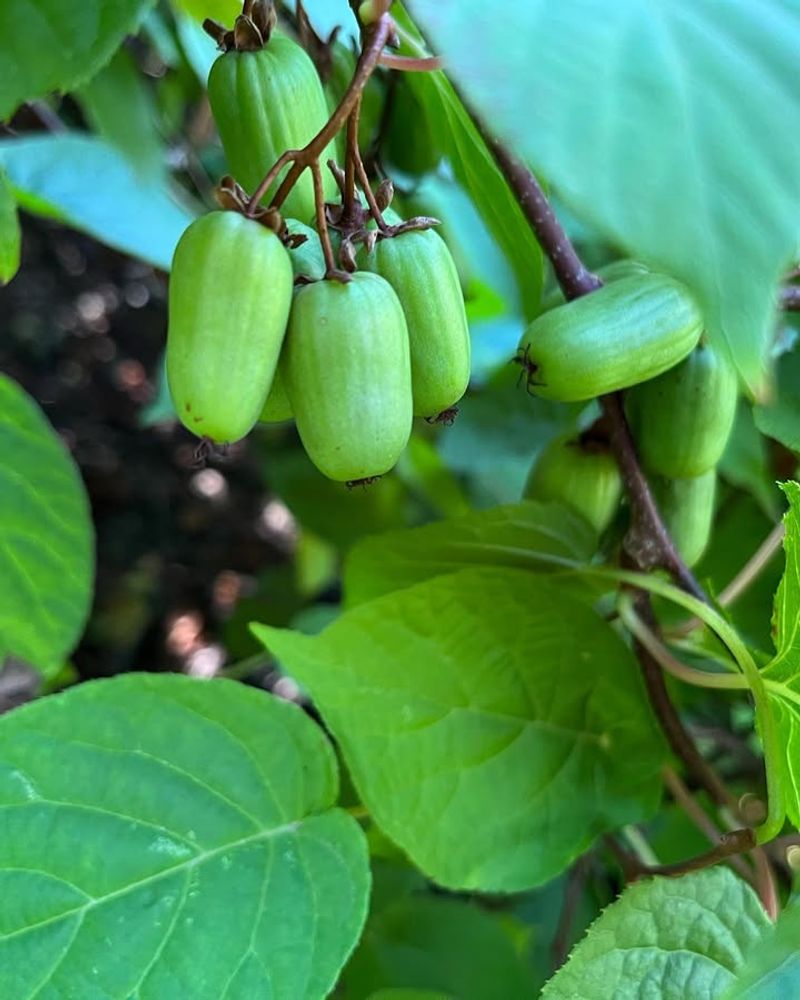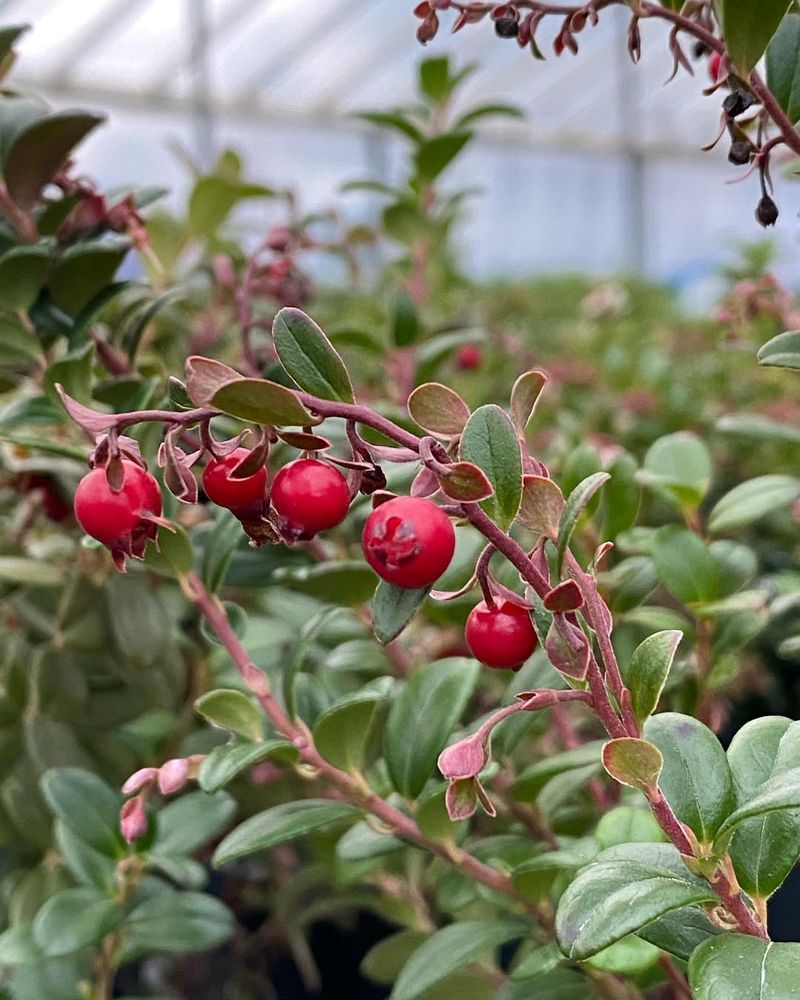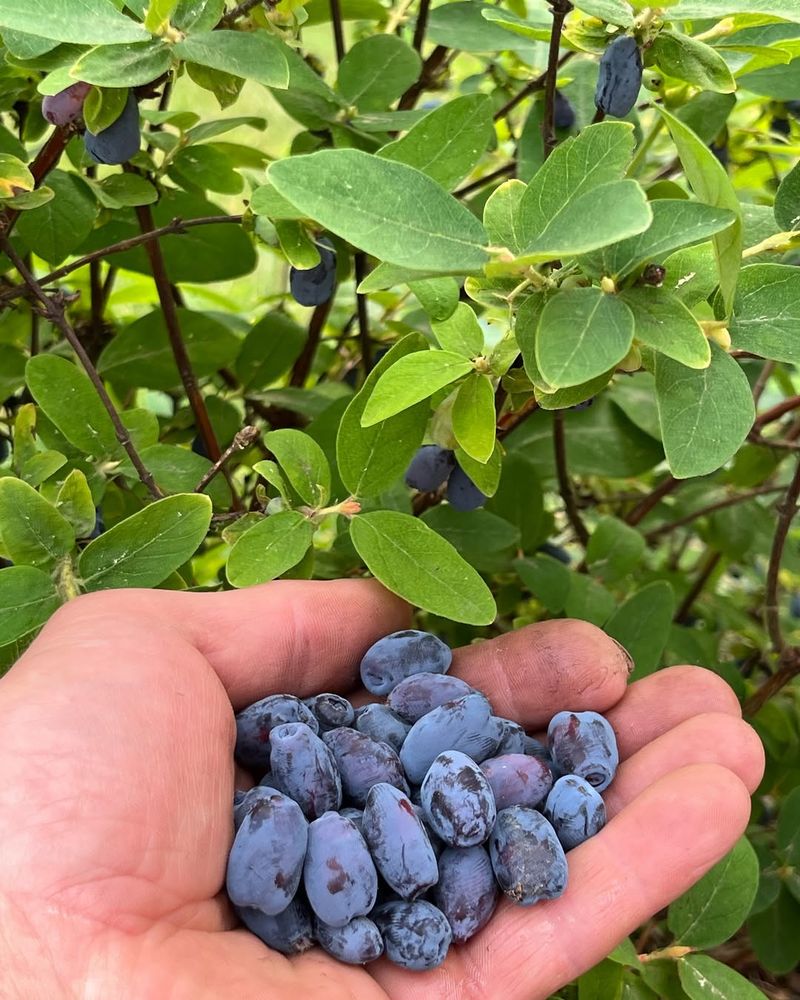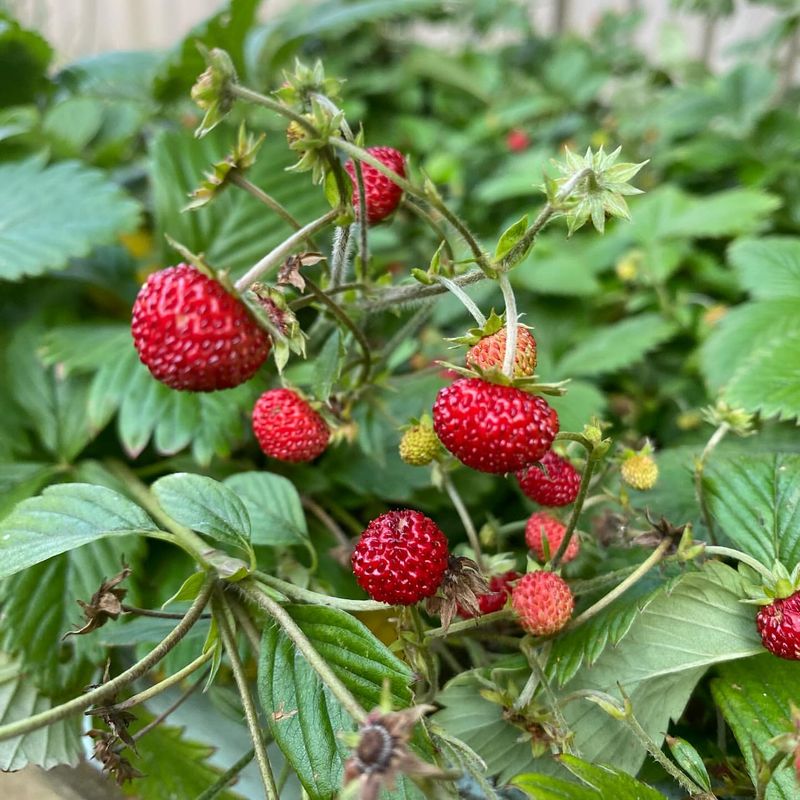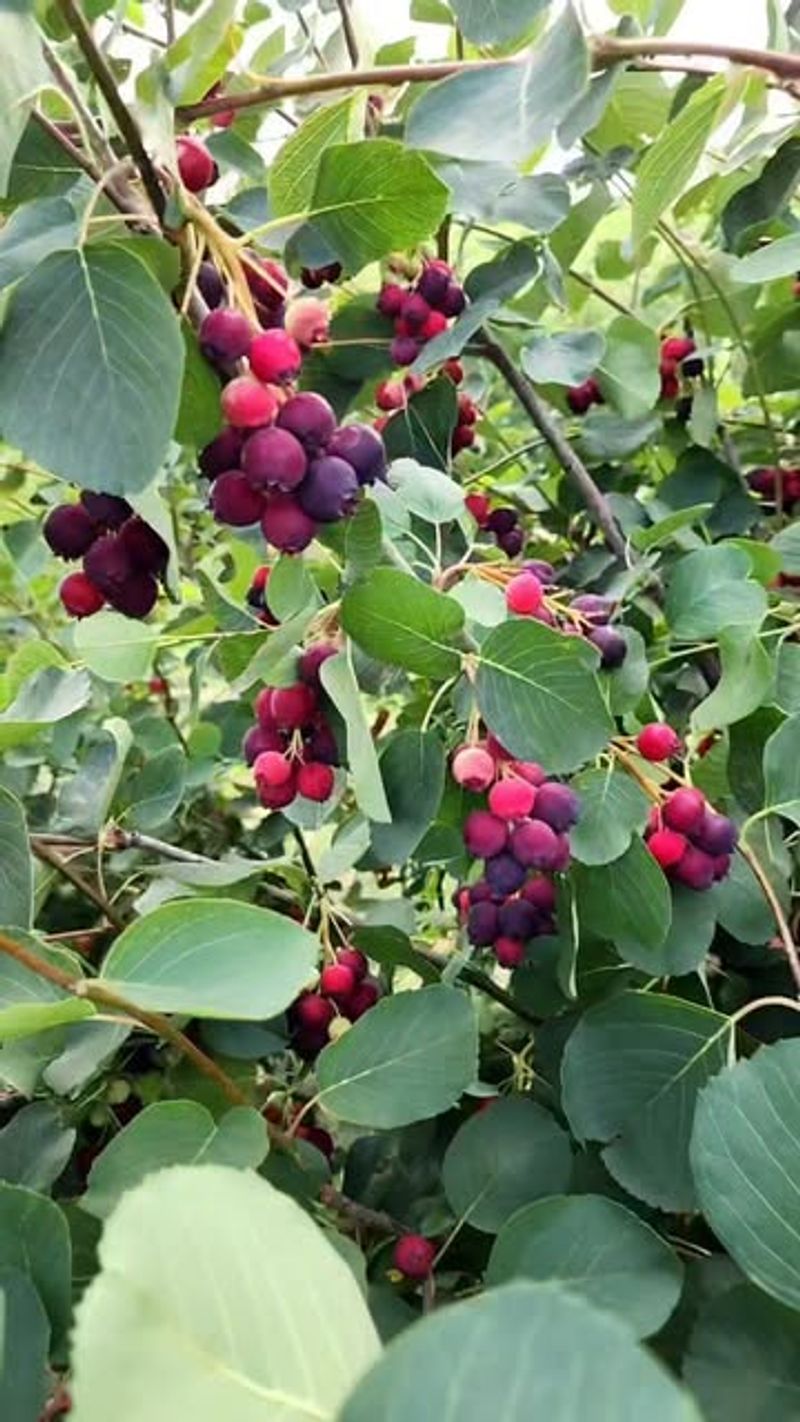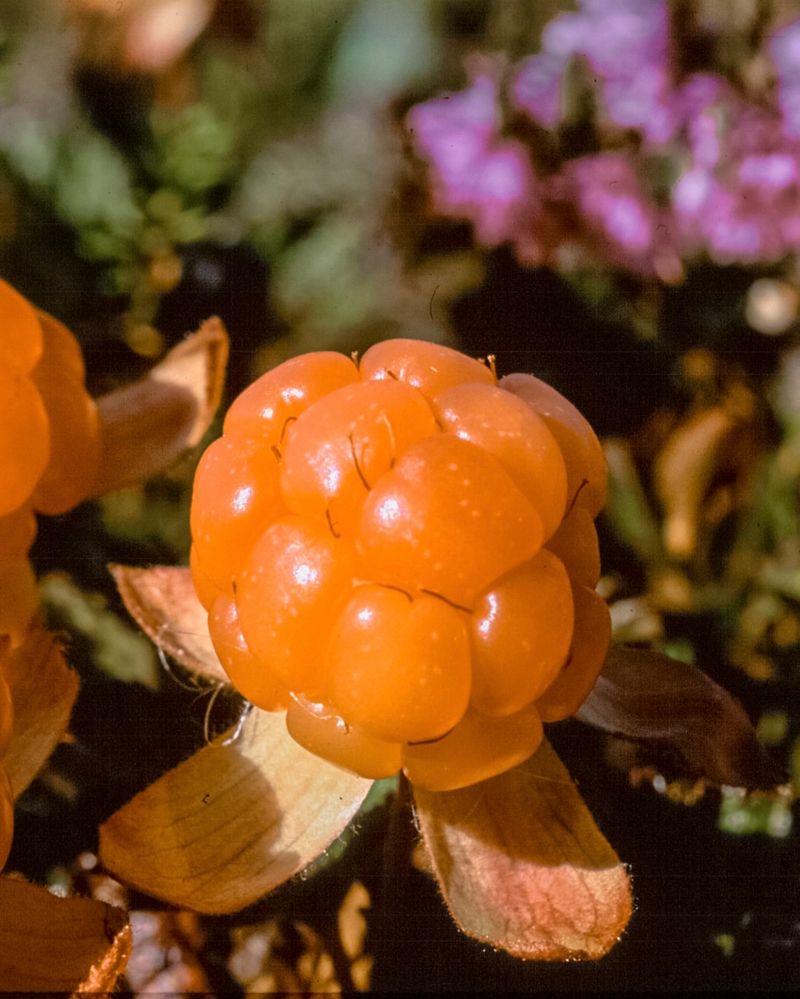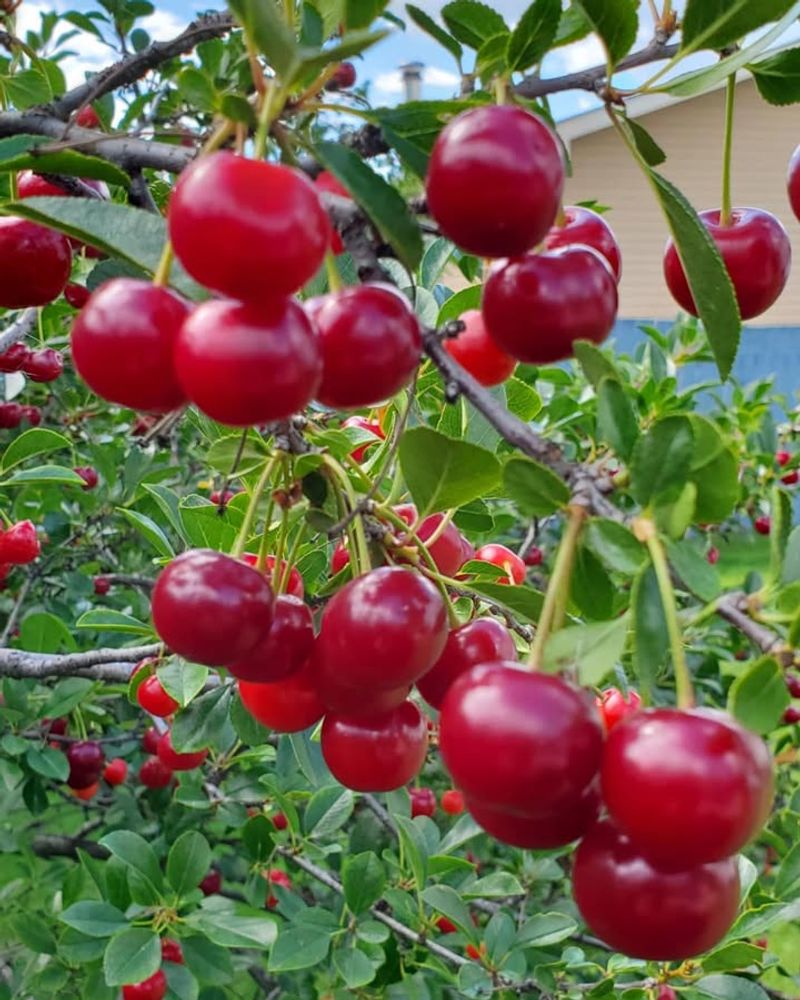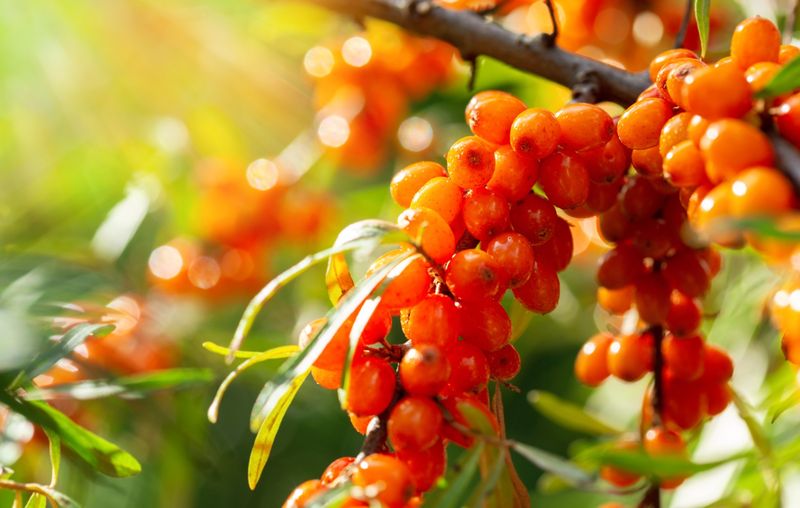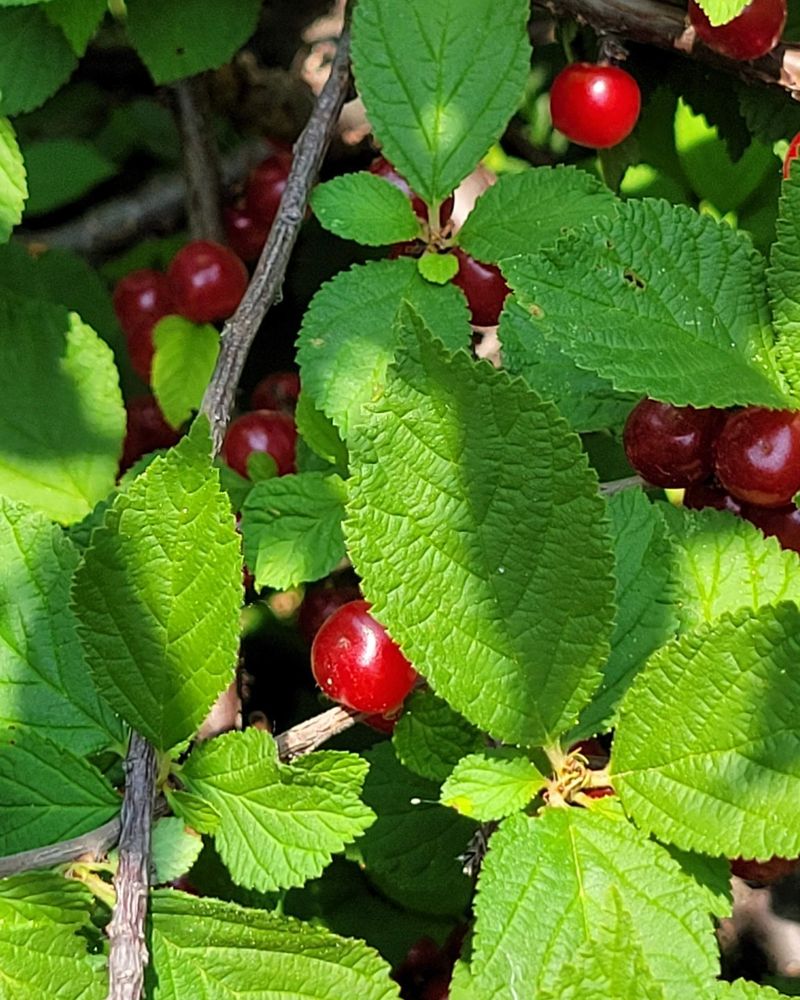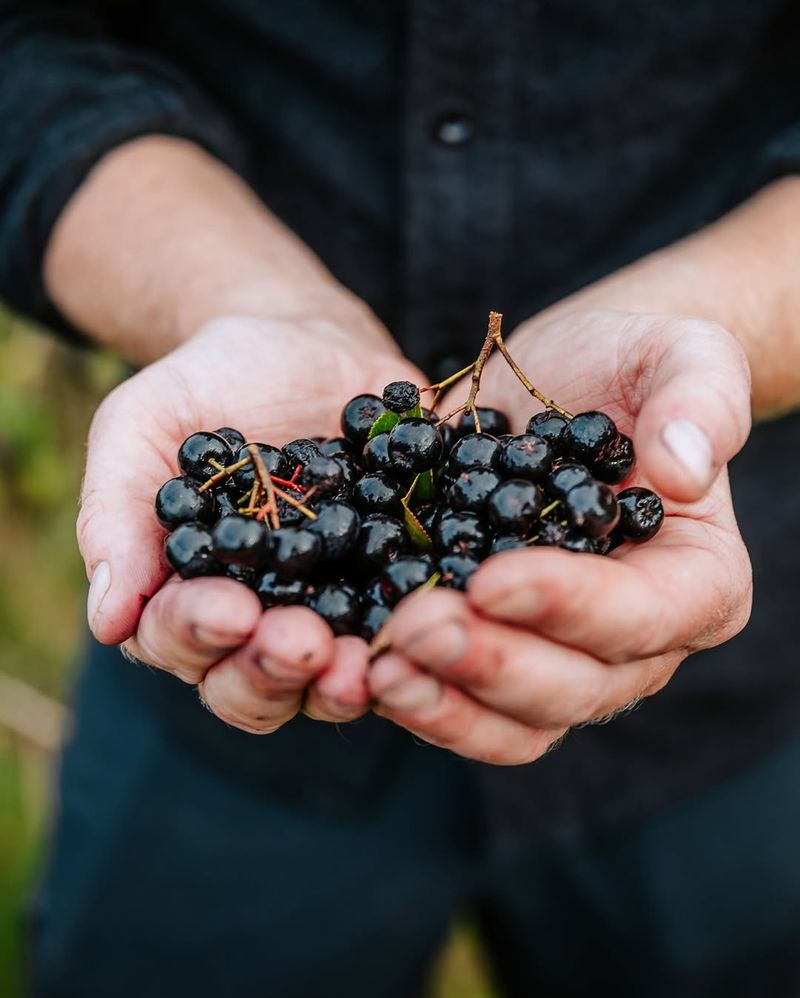Growing fruit in Alaska’s chilly October climate might seem impossible, but several hardy varieties can still thrive when started indoors this time of year. With proper care and planning, these fruits will develop strong root systems during winter months before spring planting.
Let’s explore some surprisingly resilient fruits that can give Alaska gardeners a head start even as the snow begins to fall.
1. Arctic Kiwi
Hardy and surprisingly suited for Alaska’s climate, Arctic kiwis develop strong roots during indoor winter cultivation. These grape-sized fruits pack more vitamin C than oranges and don’t require peeling like their larger cousins.
Start seeds in deep containers with well-draining soil, keeping them in a sunny window. Young seedlings can be transplanted outdoors after the last frost, typically in May. With patience, you’ll enjoy sweet, emerald-green treasures in about 3-5 years.
2. Lingonberry
Native to Alaska’s forests, lingonberry seeds benefit from cold stratification, making October perfect for starting them. Resembling tiny cranberries, these bright red gems offer a tangy-sweet flavor perfect for jams and sauces. Mix seeds with moist sand in a container and refrigerate for 3-4 weeks before planting in acidic soil.
Place near a cool window that gets indirect light. The slow-growing plants eventually produce ground-hugging evergreen shrubs that thrive in partial shade and poor soil conditions.
3. Honeyberry
Resembling elongated blueberries, honeyberries (or haskap) produce fruit weeks before strawberries in Alaska. Their sweet-tart flavor makes them perfect for preserves and baking. Sow seeds in containers with peat-based soil, barely covering them.
Keep moist but not soggy in a location that stays around 60-70°F. Seedlings emerge slowly, sometimes taking weeks to appear. Once established, these bushes withstand temperatures down to -55°F, making them truly Alaskan-worthy fruits!
4. Alpine Strawberries
Unlike their larger cousins, alpine strawberries grow wonderfully from seed and produce intensely flavorful, aromatic berries smaller than your thumbnail. October indoor starts give these perennials a jump-start on next year’s growing season.
Press seeds lightly into moist seed-starting mix without covering them, as they need light to germinate. Maintain humidity with a clear dome or plastic wrap. Patience pays off – seedlings may take 3-4 weeks to emerge but will reward you with berries that taste like strawberry candy!
5. Saskatoon Berries
Known to Alaskans as serviceberries, these native fruits resemble blueberries but belong to the apple family. Rich in antioxidants and iron, they’re perfect for pies and preserves. Gather fallen berries, extract seeds, then plant in containers filled with equal parts peat moss and perlite.
Keep soil consistently moist through winter. Seedlings develop slowly at first but eventually grow into beautiful shrubs producing white spring flowers followed by purple-blue fruits that birds love – you’ll need netting to save some for yourself!
6. Cloud Berries
Treasured across northern Alaska, cloud berries resemble golden raspberries and grow naturally in boggy areas. Starting seeds indoors creates a mini-bog environment perfect for germination. Mix seeds with sphagnum moss in a shallow container, keeping constantly moist.
Place in your refrigerator for 3 months to simulate winter conditions. After cold treatment, move to a warm, bright location. Germination is slow and unpredictable, but these amber-colored fruits with their unique honey-apricot flavor make the wait worthwhile.
7. Dwarf Sour Cherries
Specially bred for cold climates, dwarf sour cherry varieties like ‘Romeo’ and ‘Juliet’ can be started from seed in October. The tartness makes them perfect for pies and preserves. Remove seeds from cherries, clean thoroughly, then place in damp paper towels inside a sealed bag in your refrigerator for 3-4 months.
This mimics winter conditions necessary for germination. Plant in spring in deep containers with drainage holes. Though slow-growing initially, these compact trees eventually produce surprisingly heavy harvests in Alaska’s long summer days.
8. Sea Buckthornh
Brilliant orange berries packed with vitamins cling to thorny branches of sea buckthorn throughout winter, creating stunning displays against snow. October indoor starts give these superfood producers a head start. Float seeds in water overnight, discarding any that don’t sink.
Plant in sandy soil mix about ¼ inch deep. Keep soil moist but never soggy and maintain temperatures around 65-70°F. Seedlings emerge in 2-3 weeks and develop into attractive silvery-leaved shrubs that tolerate poor soil and coastal conditions beautifully.
9. Nanking Cherry
With delicate pink blossoms in spring and ruby-red cherries in summer, Nanking cherries bring both beauty and bounty to Alaska gardens. Seeds started in October develop strong roots over winter. Extract seeds from cherries and clean thoroughly.
Place in damp sand in a sealed container in your refrigerator for 3-4 months of cold stratification. After this cold period, plant in individual pots with rich potting soil. Seedlings grow into decorative shrubs rather than trees, making them perfect for smaller Alaskan gardens with limited space.
10. Aronia Berries
Sometimes called chokeberries for their astringent taste, aronia berries contain more antioxidants than almost any other fruit. Their incredible cold hardiness makes them perfect for Alaska’s challenging climate. Start seeds in small pots with sterile seed-starting mix.
Cover lightly with soil and keep consistently moist. Place in a bright location that stays around 65-70°F. Germination typically takes 3-4 weeks. Though tart when fresh, these deep purple-black berries make excellent jams and juices when sweetened, and the bushes provide stunning fall color.

